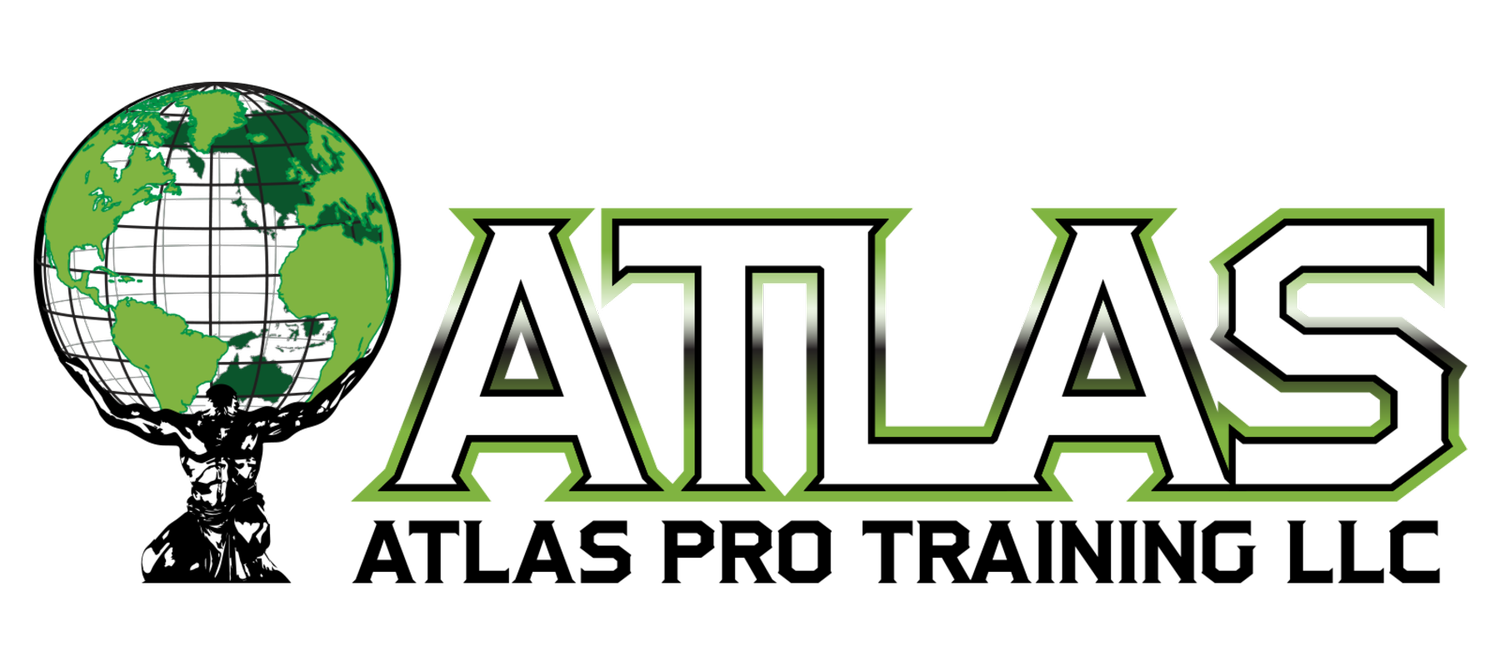Why are dips harder than push-ups?
And which of the two exercises are the most productive?
Dips and push-ups are both bodyweight exercises that are often used to build upper body strength. However, many individuals find dips to be significantly harder than push-ups. Understanding why and determining which exercise is more productive is essential for your fitness journey.
Dips require a higher degree of strength, especially in the triceps and shoulders, compared to push-ups. This can make them challenging for beginners, potentially discouraging them from pursuing these beneficial exercises.
At Atlas Performance Training, we believe that both dips and push-ups have their place in a well-rounded workout routine. Dips are excellent for targeting the triceps and shoulders, while push-ups work the chest, shoulders, and triceps. To address the difficulty of dips, we recommend starting with bench dips or using assistance bands.
Push-ups and dips are two fundamental bodyweight exercises that can significantly enhance your upper body strength. In this article, we will compare and contrast these exercises, outlining their benefits and limitations. Additionally, we will delve into the primary and secondary muscles involved in each movement and provide strength training programs for both.
Push-Ups vs. Dips: A Comparison
Benefits of Push-Ups:
Versatility: Push-ups can be modified for various fitness levels, making them accessible to beginners and challenging for advanced athletes.
Chest and Triceps Development: Push-ups primarily target the chest and triceps, helping build upper body strength.
Core Engagement: They engage the core muscles, promoting overall stability and balance.
Convenience: Push-ups require minimal equipment, making them ideal for home workouts.
Shoulder Health: When performed correctly, push-ups help maintain healthy shoulder joints.
Limitations of Push-Ups:
Limited Leg Engagement: Push-ups don't engage the lower body muscles significantly.
Plateau Potential: After a while, you may need to explore advanced variations to continue challenging yourself.
Primary Muscles Worked in Push-Ups:
Chest (Pectoralis Major)
Front of the Shoulder (Anterior Deltoids)
Triceps Brachii
Serratus Anterior (Stabilizing the Shoulder Blades)
Rectus Abdominis (Core Stabilization)
Secondary Muscles Worked in Push-Ups:
Back (especially when focusing on scapular retraction)
Obliques (for stability)
Push-Up Strength Program:
Weeks 1-2: Building the Foundation
Sets: 3
Repetitions: 10-12
Rest: 60-90 seconds
Weeks 3-4: Increasing Intensity
Sets: 4
Repetitions: 8-10
Rest: 60-90 seconds
Weeks 5-6: Advanced Variations
Sets: 4
Repetitions: 6-8
Rest: 60-90 seconds
Benefits of Dips:
Upper Body Strength: Dips target the chest, triceps, and shoulders, facilitating significant upper body muscle development.
Versatility: Dips can be adjusted to different levels of difficulty by varying body position and equipment.
Core Stabilization: Dips engage the core muscles, promoting stability.
Functional Strength: They mimic real-life movements like pushing yourself up from a low surface.
Limitations of Dips:
Shoulder Strain Risk: Dips can place stress on the shoulder joints if performed incorrectly or with poor form.
Advanced Equipment: Access to parallel bars or a dip station is required for full-range dips.
Primary Muscles Worked in Dips:
Chest (Pectoralis Major)
Front of the Shoulder (Anterior Deltoids)
Triceps Brachii
Secondary Muscles Worked in Dips:
Back (especially the lats)
Rhomboids (for scapular stabilization)
Core (for stability)
Dip Strength Program:
Weeks 1-2: Building the Foundation
Sets: 3
Repetitions: 8-10
Rest: 60-90 seconds
Weeks 3-4: Increasing Intensity
Sets: 4
Repetitions: 6-8
Rest: 60-90 seconds
Weeks 5-6: Advanced Variations
Sets: 4
Repetitions: 4-6
Rest: 60-90 seconds
Push-ups and dips are both valuable upper body exercises, each with its unique set of benefits and limitations. By understanding these differences and incorporating them into your fitness routine, you can achieve a well-rounded upper body strength training program that suits your fitness level and goals. Always prioritize proper form and consult a fitness professional if you're new to these exercises or have any pre-existing injuries.
To determine which exercise is more productive for you, consider your fitness goals. If you're looking to build triceps and shoulder strength, dips are ideal. For overall upper body development, include both exercises in your routine.


